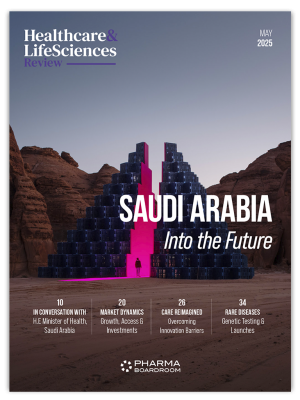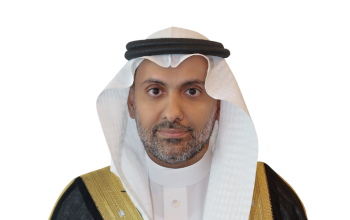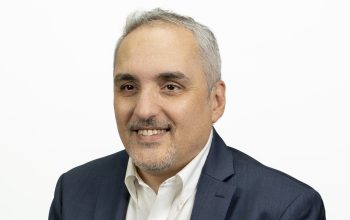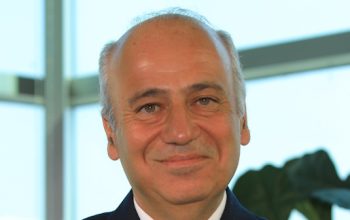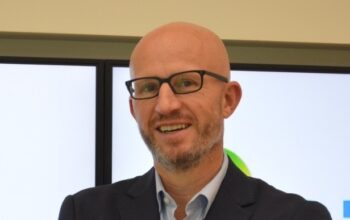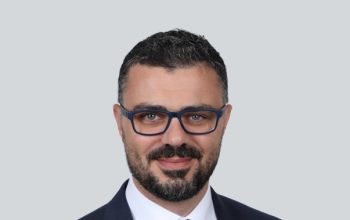Articles
When it was first initiated back in 2016, in the wake of the launch of Vision 2030, few industry insiders could have anticipated just quite how radical Saudi Arabia’s Health Sector Transformation Program (HSTP) would turn out to be. Since then, several significant milestones have been reached – the retreat of the Ministry of Health…
Saudi Arabia’s pharmaceuticals market grew an impressive 9.1 percent in 2024 underscoring its position as the regional heavyweight, and projecting a sales value of around USD 11.6 billion, which constitutes approximately 32 percent of the total share of the Middle East and Africa (MENA) region in the global marketplace. Yet with the Kingdom’s newfound regulatory…
Rare diseases, by definition, only affect small patient populations. However, when the more than 7,000 known rare conditions are taken together, their impact on health, societies, and economies is enormous. Moreover, over 90 percent of rare diseases have no known treatment, and rare disease patients often face delayed diagnoses and a lack of specialised care…
With increased average disposable income in Saudi Arabia eliciting more sedentary lifestyles and less healthy dietary choices, more than 68 percent of all mortality in the Kingdom is nowadays attributed to non-communicable diseases (NCDs). Not only does this come at immense cost to the public purse, but also presents a formidable challenge to policymakers’ attempts…
Saudi Arabia has long represented an alluring marketplace for the global MedTech industry. Not only does the Kingdom constitute the largest spender on healthcare across the Middle East and North Africa region, but its medical device sector has been experiencing consistent compound annual growth rates of over six percent and is anticipated to exceed a…
Amidst the hype of Saudi Arabia’s embrace of innovative therapies and technologies, the concepts of access and affordability can often be forgotten. However, the Saudi government remains the dominant healthcare payer in the country and, with medicines already consuming over 20 percent of national healthcare spending, is putting increasing emphasis on finding cost-efficiencies. This…
Eye health is vital to everyday life, yet it remains heavily underfunded compared to fields like cancer or diabetes. While global spending on oncology is set to reach USD 440 billion by 2028, ophthalmology will receive just USD 38 billion, according to IQVIA. This gap is striking given the growing burden of eye conditions such…
Localising the production of medicines has become a core priority for the Saudi government over the past decade as it attempts to increase national health security, create highly skilled jobs, and grow the non-oil economy. Multinational innovators now have a wide range of incentives (as well as enforcement tactics) to manufacture in-country, while generics players…
